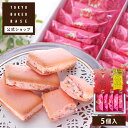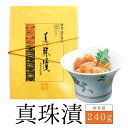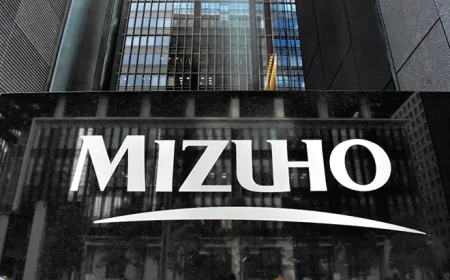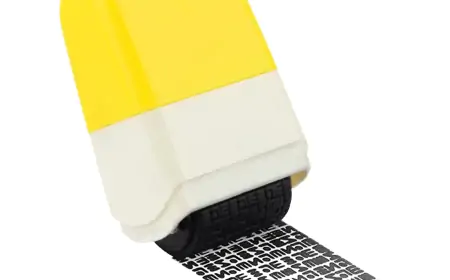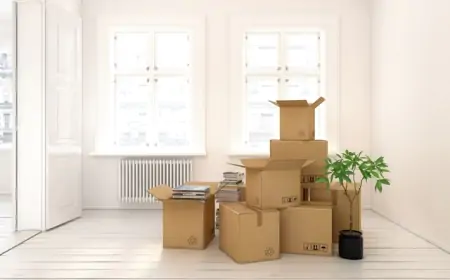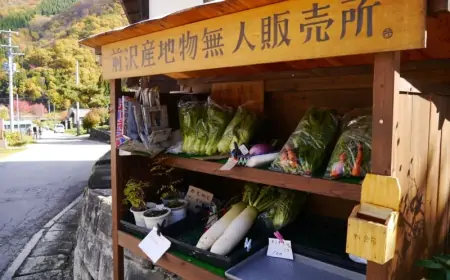Japanese indoor games

1. Hide-and-seek game Kakurenbo
The game of hide and seek is not new to Vietnamese children and in the version of "the land of the rising sun", it is called Kakurenbo.
After rock-paper-scissors, the loser is called an Oni (demon). This person will blindfold, count from 1 to 10 and ask the rest ”もういいかい” (Mou ii kai - Are you ready). If they are ready, they will respond with “もういいよ” (Mou ii yo - I am ready) or ”まだだよ” (Mada da yo - I am not ready) if they need more time to find a hiding place. hide. When everyone says "もういいよ" (Mou ii yo - I'm ready) in unison, the search will begin. When finding someone, the searcher will exclaim "みつけた" (Mitsuketa - I have seen you).
The first person found will be the next "demon" to find the others. This is a very exciting and dramatic team game, always bringing a lot of laughter, both the thrill of hiding, the joy of finding you or the regret of not hiding well for you to discover. appear yourself.
2. Darumasan Koronda Station
If you play this game indoors, you need a space long enough to run around comfortably. One person will be designated as Daruma, possibly by rock-paper-scissors, standing at the beginning of the track and with his back to those standing at the end. While Daruma chanted “Darumasan Ga Koronda!” (as fast or as slow as you like), these people would run towards Daruma and when he finished shouting, Daruma suddenly turned around, they had to stand as still as statues. If Daruma sees anyone move, they will be held hands, becoming "prisoners". The rest try to run towards the "prisoners", slam their hands on them to rescue and together run to the starting line. Daruma shouts one last time “Darumasan Ga Koronda!, everyone will stop, the rescuer will ask Daruma to jump as large or as small as he wants. After the dance is over, whoever is touched by Daruma will become the next Daruma.
3. Origami paper folding
Origami combines different ways of folding paper to turn squares, circles, triangles (2-dimensional) into complex shapes (3-dimensional), no collage in the folding process. There are many different folding patterns, from simple ones like boats and airplanes to complex ones like animals and the Eiffel Tower.
One of the patterns chosen by many people is the crane, because in the Japanese concept, the crane brings many auspicious omens and is a symbol of world peace.
4. Shiritori word matching game (しりとり)
Shiritori word matching game is a popular vocabulary game in Japan, training memory and flexibility for the brain. This is an ideal choice for entertaining during days at home or family outings.
A group of two or more players will take turns giving matching words, for example, if the first word is りんご (ringo - apple), you will give the next word that starts with the letter ご, for example ごみ (gomi - garbage) and the next person will have to think of a word that starts with the letter み. You can use other forms of the word, for example if the word ends with the letter ご, you can match the word that starts with the letter ご or こ. So how to end this seemingly endless game to find the winner? Did you know, there is not a single word in Japanese that begins with the letter ん. Suppose someone comes up with the word ライオン (raion - lion), they lose and the game is over. This game requires players to have a rich vocabulary and agility, so it is very good for the development of children's thinking.
5. Rock-paper-scissors - Janken (じゃんけん)
Rock-paper-scissors, which has long been so popular with children around the world, is a perfect way to determine order. In Japan, the name of this game is called じゃんけんぽん. At the start of the game, everyone shouts “さいしょはぐー (saisho wa guu) in unison and holds hands at the same time. At the end, everyone will immediately shout "Janken pon", as soon as the chant is finished, everyone will give one of the three hand signs in the shape of a stone (holding the whole hand), scissors (raising the index finger and holding the hand). middle finger forward, holding the remaining fingers) or paper shape (opening the whole hand). The rule of winning and losing is that kick wins scissors, scissors wins paper and paper wins against rock. If the result is not final, everyone will shout “あいこでしょ” (aiko desho) and continue rock-paper-scissors.
There is another variation of rock-paper-scissors between two people that is also very interesting, requiring extreme flexibility and agility. One person shouts "あっちむいてホイ" - (acchi muite hoi) and when finished, points his finger in the left, right, top, and bottom directions at the other person's face. This person's task is to turn his head in a different direction from the direction of the finger, otherwise he will lose.
6. Knitting Ayatori
Ayatori is considered one of the oldest entertainment games, using a loop of rope to form different shapes. It doesn't take long for you to learn how to create basic shapes. This game teaches children patience and science because every step requires precision. Children will be extremely surprised, delighted and proud of their achievements.
To participate in this game, you need at least one loop of wire with a radius of 7cm~8cm to make popular patterns like Eiffel tower, star, etc. Another variation of the knitting game that will be more difficult, is a confrontation between two people, the second person will create a new shape from the first person created.
7. “Divination” through Origami
To become an "oracle" predicting the "destiny" of a "customer", you need to prepare a square piece of paper, fold and fill in the information like the video tutorial below.
In particular, inside the position of the numbers you will write funny fortunes such as "You will be rich", "You will have a new lover". The "divine" will ask customers to choose a color, use their thumb and index finger to open the origami in different ways, and spell the selected color twice while opening it. When it comes to the last spelled letter, the secret of the "destiny" of the "customer" is revealed. It is a game that brings a lot of surprises and fun.
8. The rich - the poor (大富豪・大貧民)
It is one of the most popular card games in Japan with a standard 52 card deck. In this game, you will find a way to increase your rank from Daihinmin (very poor person) to Daifugo (very rich person) by playing all the cards as quickly as possible. 2 is the highest card, and the "power" of the cards decreases in the order 2-A-K-Q-J-10-9-8-7-6-5-4-3.
To start the game, you will deal 52 cards evenly to everyone and can determine who goes first with a game of rock-paper-scissors. Going clockwise, the next player will have to give a higher card than the previous player with the same number of cards. If you don't have or don't want to give a higher card, you can choose to skip and the turn goes to the next player. The last person to put down the highest card has the right to give any card they want to continue the round. The person who puts all the cards down first wins, is called Daifugo, the second person is Fugo, the last one to lose is Daihinmin.
After dealing the cards to start the next game, there will be “incentives” for the winner that the loser must make. For example, Daihinmin will "tribute" the two highest cards to Daifugo and Daifugo and give back the two cards he doesn't like to Daihinmin. Because there are not many such advantages, this time, Daihinmin will be given the first priority. Strategically, you'll usually put the lowest cards first, but it's also possible to keep the 2 last because it has the highest "damage" power. This game requires you to carefully calculate the steps, both defensive and a bit risky, just like a "general" is controlling "soldiers". Therefore, the game also trains children with leadership ability and the ability to make important decisions.
Related Products

